SUMMARY
This is AI generated summarization, which may have errors. For context, always refer to the full article.

The status of Mayon Volcano in Albay province was downgraded to the lowest level, Alert Level 0 or “normal,” on Friday, July 30.
Prior to Friday’s downgrade, the volcano had been under Alert Level 1 since July 17, 2020, which had meant it was in an “abnormal” condition.
The Philippine Institute of Volcanology and Seismology (Phivolcs) noted that since July 17, 2020, or for more than a year, “there has been a continued decline in all monitoring parameters of Mayon Volcano.”
“This means observational parameters have returned to baseline levels and no magmatic eruption is foreseen in the immediate future,” Phivolcs said.
In particular, state volcanologists observed the following:
- Volcanic earthquakes: The frequency declined to zero to five volcanic earthquakes per day for the last six months, which shows “rock fracturing…associated with magmatic or hydrothermal activity has diminished.”
- Ground deformation: Data show “a slight and decreasing rate of inflation of the Mayon edifice” in 2021 and “continued deflation of its southwest slopes since lava flows were deposited on these in 2018.”
- Gas emission: Sulfur dioxide emission has declined below the baseline level of 500 tons per day since July 14, 2021. The relatively low SO2 levels “indicate that passive degassing from stored magma beneath the edifice is diminishing or increasingly scrubbed by Mayon’s hydrothermal system.”
- Visual observation of the summit: A faint crater glow “continues to be observed but only through a camera.” It was last seen with the naked eye in May 2021. Plume emission has also been weak to moderate in 2021.
What’s next?
Phivolcs noted that if any of the monitoring parameters increase, Mayon Volcano may be raised to Alert Level 1 again.
The agency also reminded the public not to enter the 6-kilometer permanent danger zone due to the following hazards which “may occur without warning”:
- rockfalls
- avalanches
- ash puffs
- sudden steam-driven or phreatic eruptions
Phivolcs added that people living in valleys and near rivers must watch out for sediment-laden streamflows and lahar during heavy rain. Past debris from Mayon Volcano could mix with the rainfall. – Rappler.com
Add a comment
How does this make you feel?
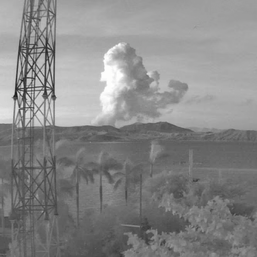
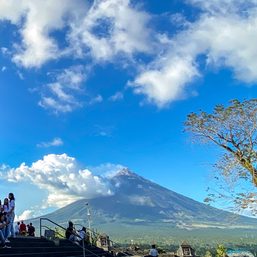
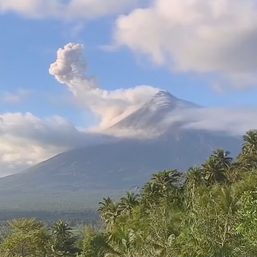
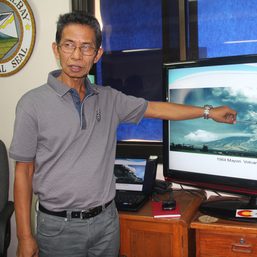
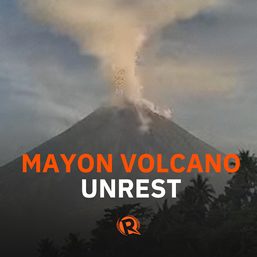
There are no comments yet. Add your comment to start the conversation.